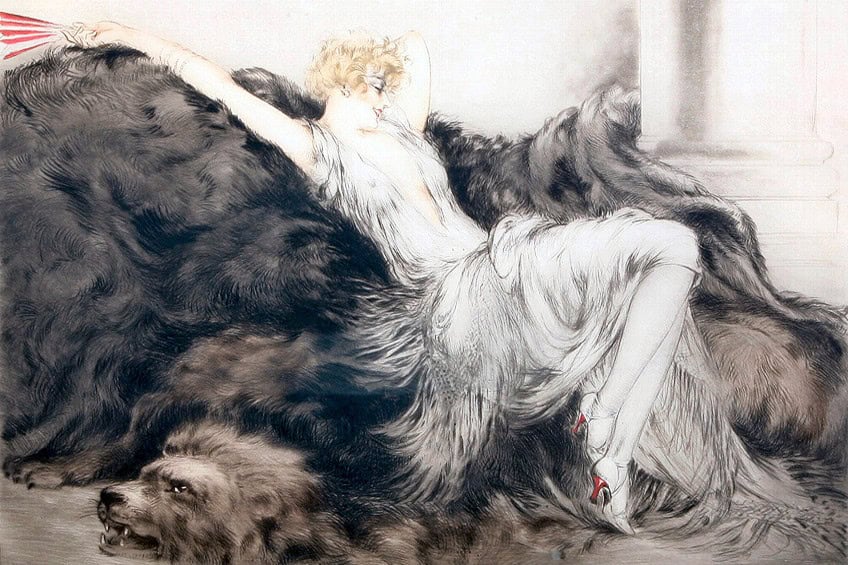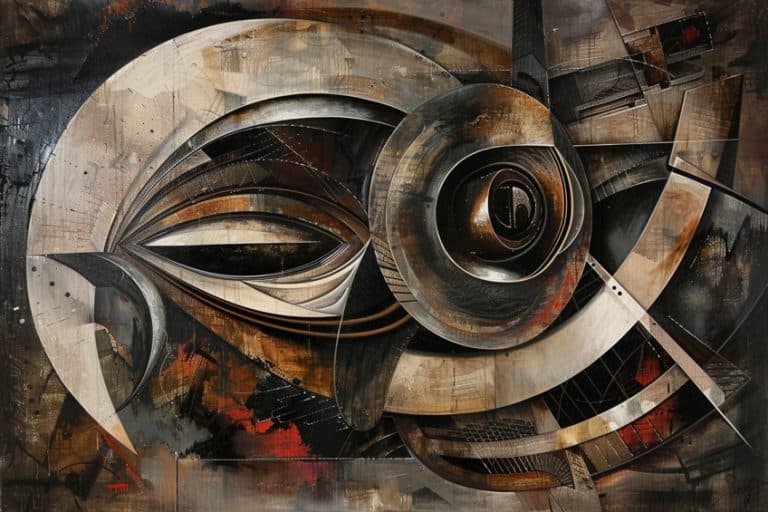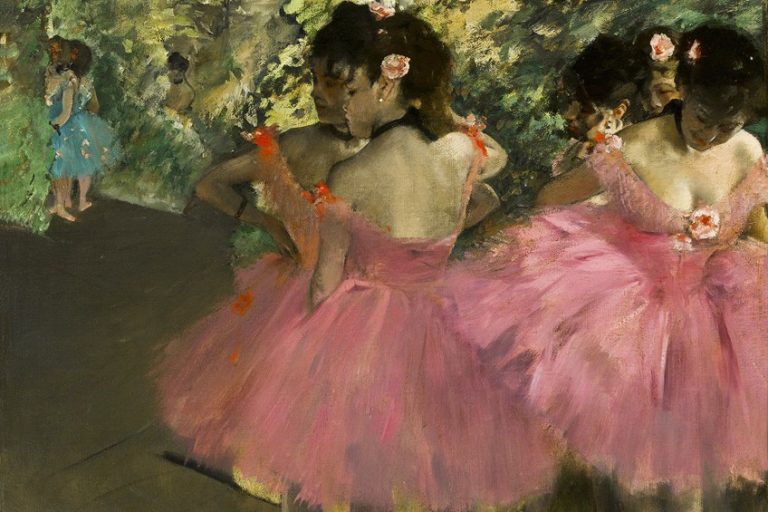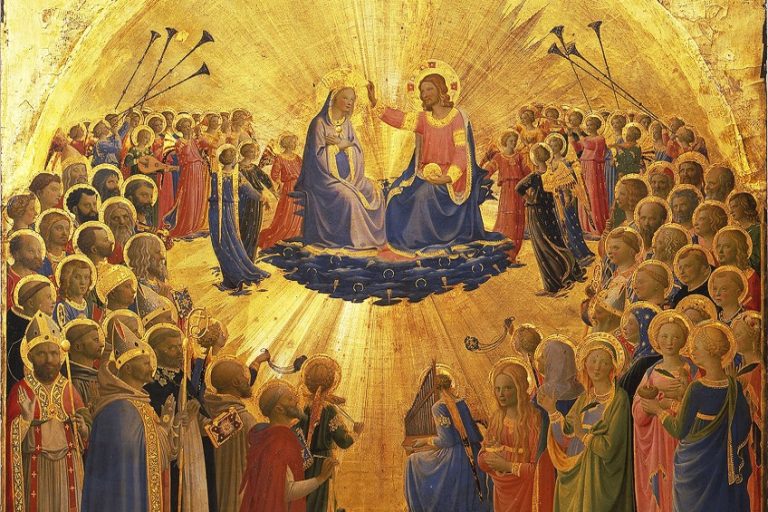Louis Icart – Capturing the Spirit of Parisian Glamour
Louis Icart was a prolific French artist renowned for his exquisite etchings and paintings that epitomize the elegance and allure of early 20th-century Paris. Emerging as a prominent figure during the Art Deco period, Icart captured the essence of Parisian life with his glamorous and often whimsical portrayals of women, fashion, and social scenes. His distinctive style, characterized by fluid lines, delicate details, and a romantic yet playful sensibility, made him a favorite among collectors and art enthusiasts. Icart’s work, celebrated for its blend of modernity and classicism, continues to enchant audiences, reflecting the vibrancy and sophistication of his era.
Key Takeaways
- Louis Icart was a notable figure of the Art Deco era, known for his glamorous depictions.
- His work captured the opulence and sensuality of 1920s Paris.
- Despite wartime challenges, his legacy in the art world endured.
Biographical Overview
| Birth | December 9, 1888 |
|---|---|
| Death | December 20, 1950 |
| Place of Birth | Toulouse, France |
| Genre of Work | Painting, illustration, etching, and graphic art |
Louis Icart, a renowned French artist, captivated audiences with his glamorous depictions of women and Parisian nightlife during the Art Deco era. Born in 1888, Icart’s early artistic talent led him to Paris, where he immersed himself in painting, drawing, and creating etchings. He became a symbol of the Art Deco movement, known for his elegant and sensual representations.
Icart’s work captured the essence of 1920s Paris, blending sensuality with the opulent lifestyle of the time.
His creations, which include thousands of prints, paintings, and works on paper, showcase his exceptional ability to portray beauty and emotion. Despite the challenges he faced, including the horrors of occupation during World War II, Icart’s legacy endured, cementing his place in the history of art.

Icart’s influence extended beyond Europe, with notable exhibitions in places like the Metropolitan Galleries in New York. Collectors and enthusiasts around the world continue to admire his work, ensuring his contributions to Art Deco remain celebrated. His ability to infuse his pieces with both elegance and a sense of narrative makes his art timeless.
Early Life and Background
Louis Icart was born on December 9, 1888, in Toulouse, France. He was the first son of Jean and Elisabeth Icart. Icart’s interest in art emerged early in his life, particularly in fashion sketches and designs. Noticing his talent, his aunt brought him to Paris in 1907.
In Paris, he dedicated himself to refining his skills in painting, drawing, and printmaking, marking the beginning of his artistic journey.
Rise to Prominence
Icart’s work began to gain traction in the 1920s and 1930s. His illustrations for magazines and fashion studios showcased his unique style. By the mid-1920s, his etchings and paintings were widely recognized, securing him a prominent place in the Art Deco movement. His depictions of the Parisian lifestyle and fashionable women resonated with contemporary audiences, making him a celebrated artist across Europe.

World Wars Influence
The impact of both World Wars on Icart’s work was notable. During World War I, he served as a fighter pilot, which brought a temporary halt to his artistic activities. Post-World War I, his experiences influenced the themes of his art, bringing a nuanced depth to his depictions of beauty and elegance.
World War II also affected his career, although he continued to produce art, reflecting the changing times and the resilience of spirit.
Personal Pursuits
Beyond his professional achievements, Icart had a dynamic personal life. He balanced his artistic endeavors with his love for aviation, developed during his time as a pilot. Despite the various challenges he faced, including the tumultuous periods of the World Wars, he remained committed to his artistic pursuits. Louis Icart passed away in 1950, leaving behind a legacy that continues to influence and inspire the art world.

Artistic Style and Significance
Louis Icart’s artistic style is marked by his depiction of glamorous and often erotic women, humorous themes, and a strong influence from French art history and the Art Deco period. His use of various printmaking techniques also distinguishes his work.
Influences and Contemporaries
Icart’s work was heavily influenced by the great French Rococo painters like Jean Antoine Watteau, François Boucher, and Jean Honoré Fragonard. He admired their elegant and sensual portrayals of women, which can be seen in his own creations. Additionally, the Symbolists and Impressionists left their mark on his paintings and drawings.
Gustave Moreau’s mysticism and the playful, light-hearted nature found in Impressionist works resonated with his artistic vision.
Contribution to Art Deco
Icart is often considered a quintessential Art Deco artist. He captured the spirit of the 1920s and 1930s through his sophisticated and fashionable subjects. His work frequently featured glamorous women, rendered with a mix of wit and sensuality, aligning perfectly with the luxurious and modern feel of the Art Deco movement. He utilized techniques such as etching, aquatint, and drypoint etching to achieve intricate details and rich textures, setting his work apart in the printmaking community.

Notable Works
Some of Icart’s most notable works include Les Amourettes, La Dame aux Camelias, and Après-midi d’été. These pieces showcase his skill in capturing the elegance and eroticism for which he is known. His works often employed copperplate engraving, which allowed him to create delicate and nuanced images. Printmaking techniques, particularly etching, played a significant role in his output, resulting in numerous limited-edition prints.
By portraying the fashion and lifestyle of his time, Icart cemented his place in the history of French art and the Art Deco period.
Commercial Success and Legacy
Louis Icart achieved significant commercial success through his innovative work as a painter and illustrator, which led to widespread recognition and a lasting legacy. His influence extended across fashion studios, galleries, and international exhibitions.
Fashion and Illustrations
Icart’s early career saw him producing fashion sketches and designs, which quickly gained popularity. Inspired by the Art Deco movement, his work displayed a unique blend of elegance and sensuality. Fashion Studios began to notice his talent, leading to collaborations with major department stores like John Wanamaker in Philadelphia.

His illustrations were often signed by him and sold in galleries across New York City, including the Belmaison Gallery at John Wanamaker’s. These works were celebrated for their dynamic portrayal of modern women, capturing the spirit of the times. His ability to blend artistic creativity with commercial appeal made his illustrations sought-after by collectors.
International Recognition
Icart’s success wasn’t confined to France. He exhibited his works in prestigious galleries such as the Salon des Humoristes and Metropolitan Galleries. His pieces were well-received in cities like New York, Philadelphia, and beyond. This international exposure helped cement his reputation as a leading figure in the Art Deco movement.
In the United States, his exhibitions at venues like the Paris Simonson Gallery and Rogallery garnered significant attention. Icart’s etchings and paintings became synonymous with the glamour and sophistication of the early 20th century. His international impact solidified his place in art history, influencing future generations of artists and illustrators.
Louis Icart’s artistic legacy endures as a testament to his mastery of capturing the essence of Art Deco elegance and Parisian chic. Through his intricate etchings and vibrant paintings, Icart not only portrayed the beauty of his time but also infused it with a timeless allure that resonates with audiences today. His ability to blend sophistication with whimsy, and to depict the intricacies of fashion and society, ensures that his work remains a cherished part of art history. Louis Icart’s contributions to the art world continue to inspire and fascinate, cementing his place as a key figure in the cultural tapestry of the early 20th century.
Frequently Asked Questions
How Can the Authenticity of a Louis Icart Etching Be Verified?
Authentic Louis Icart etchings are personally signed by the artist, typically with a pencil signature. In addition to the signature, genuine pieces often feature a blindstamp or raised seal, providing further verification of authenticity.
What Distinguishes a Signed Louis Icart Print from an Unsigned One?
A signed Louis Icart print bears the artist’s personal signature, which adds significant value and assures collectors of its authenticity. Unsigned prints may still be original but lack the direct endorsement from Icart, making them generally less valuable and harder to authenticate.
How Is the Value of a Louis Icart Print Determined?
The value of a Louis Icart print is influenced by its condition, rarity, and provenance. Signed prints typically fetch higher prices. Factors such as the presence of a blindstamp, the quality of the paper, and market demand also play pivotal roles in determining a print’s worth.
Isabella studied at the University of Cape Town in South Africa and graduated with a Bachelor of Arts majoring in English Literature & Language and Psychology. Throughout her undergraduate years, she took Art History as an additional subject and absolutely loved it. Building on from her art history knowledge that began in high school, art has always been a particular area of fascination for her. From learning about artworks previously unknown to her, or sharpening her existing understanding of specific works, the ability to continue learning within this interesting sphere excites her greatly.
Her focal points of interest in art history encompass profiling specific artists and art movements, as it is these areas where she is able to really dig deep into the rich narrative of the art world. Additionally, she particularly enjoys exploring the different artistic styles of the 20th century, as well as the important impact that female artists have had on the development of art history.
Learn more about Isabella Meyer and the Art in Context Team.
Cite this Article
Isabella, Meyer, “Louis Icart – Capturing the Spirit of Parisian Glamour.” Art in Context. September 20, 2024. URL: https://artincontext.org/louis-icart/
Meyer, I. (2024, 20 September). Louis Icart – Capturing the Spirit of Parisian Glamour. Art in Context. https://artincontext.org/louis-icart/
Meyer, Isabella. “Louis Icart – Capturing the Spirit of Parisian Glamour.” Art in Context, September 20, 2024. https://artincontext.org/louis-icart/.











